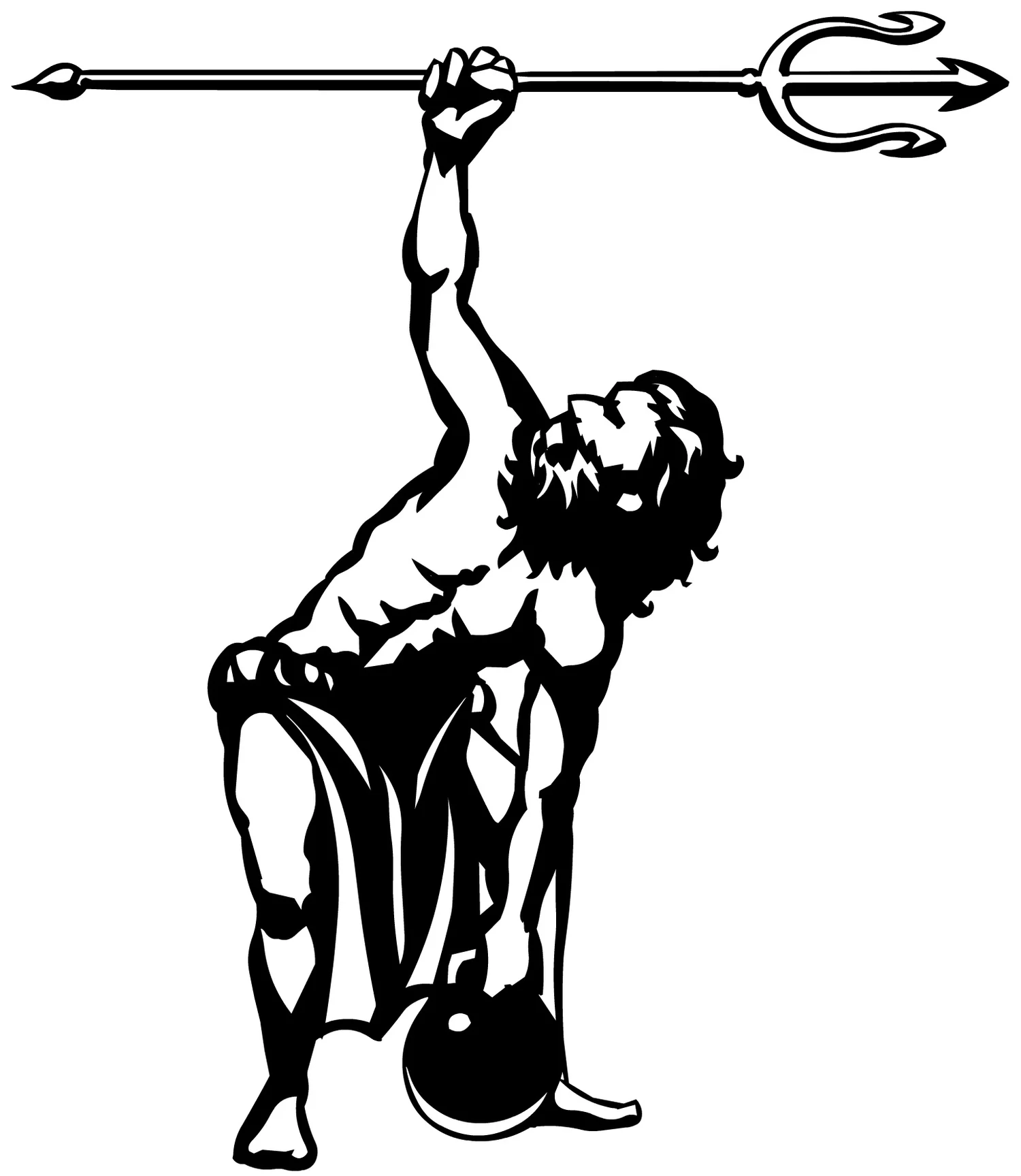The Roots Model (in a nutshell)
/Created by my friend, Andre Miller, The Roots Model, among other things, is a great way to describe and train the web of human movement. The model is like a blueprint for all things human movement. There is a strong focus on fundamentals, but it also reaches into and explains the most complex of human movements. Andre can describe this much more beautifully than I, but this is what I understand of it. I am hoping to give this idea a little justice and that it comes off in a way that gives you a general glimpse into what the goal of this methodology is.
“Among other things” because the philosophy can be inserted into and used in every avenue of a person’s life. “Based in fundamentals” because like everything else in life, if one is not proficient in the fundamentals, everything downstream will suffer to some degree. Leaving potential on the table might not seem like it comes with a heavy cost, but building a house on sand will always catch up to us. No matter how the over indulgent eater speaks about their happiness, it is painful to carry excess tissue. Gout, diabetes, heart disease, etc are painful. Pain is not associated with happiness. There is a cost for leaving potential on the table, for building a house on sand. To the athlete, this could be the difference between mediocrity and greatness. Fundamentals matter.
The tree is a great model for representing the idea being presented. In its entirety, we can use it as a model for human development. At the very base of the tree, we see the roots. At the very base layer of the roots, we find our breath… the first and last physical movement a human takes upon entering the world and leaving it. The breath is the most fundamental of any and all of our movement. If we don’t breathe well, we do nothing well. A hang up in breath will, not only create hang ups in our physical practices, competitions, etc, but it will also create hang ups in dealing with stress, making sound decisions, staving off illness, etc, etc. Our breath affects everything we do.
As we begin our ascent up through the roots of the tree, we begin to develop other attributes. Next up, lying down. We are no longer floating in amniotic fluid of the womb. We, finally, get to dance with gravity. Keep climbing and we find ourselves reaching and grasping, rolling, developing our posterior chains through “tummy time,” and eventually crawling.
As we near the trunk of the tree, we see ourselves standing, however wobbly. Funny enough, it’s almost as if we can “walk” before we can stand still; maybe lending more credence to the idea and importance of forward locomotion. The meat of the trunk brings us movements of survival such as walking, running, and throwing. We are now hunting. We are now gathering. We are now living.
A strong and healthy trunk yields a large and beautiful tree so make sure you treat that core right. As we make our way out of the trunk and into the branches and leaves, we run into complexities most of us do not understand. The one armed handstands, the back flips, the high level gymnastics and parkour, the circus tricks, the list goes on. One may find it pointless to continue this ascent. However, the lessons learned while attempting to understand these complexities are invaluable and well worth the effort. What a person learns about themselves while working through the frustrations of nailing their first handstand is pretty remarkable. After all, what purpose does a branchless and leafless tree serve?
We also know that leaves drop in the fall. Once a complexity is understood, it is wise to let it go. You mastered the handstand. Why are you still training it instead of checking in on it every now and then? Make room for something new. The perpetual cycle of complexity can remain as long as the roots and trunk of the tree remain healthy and strong.
Welcome to the Roots Model.


